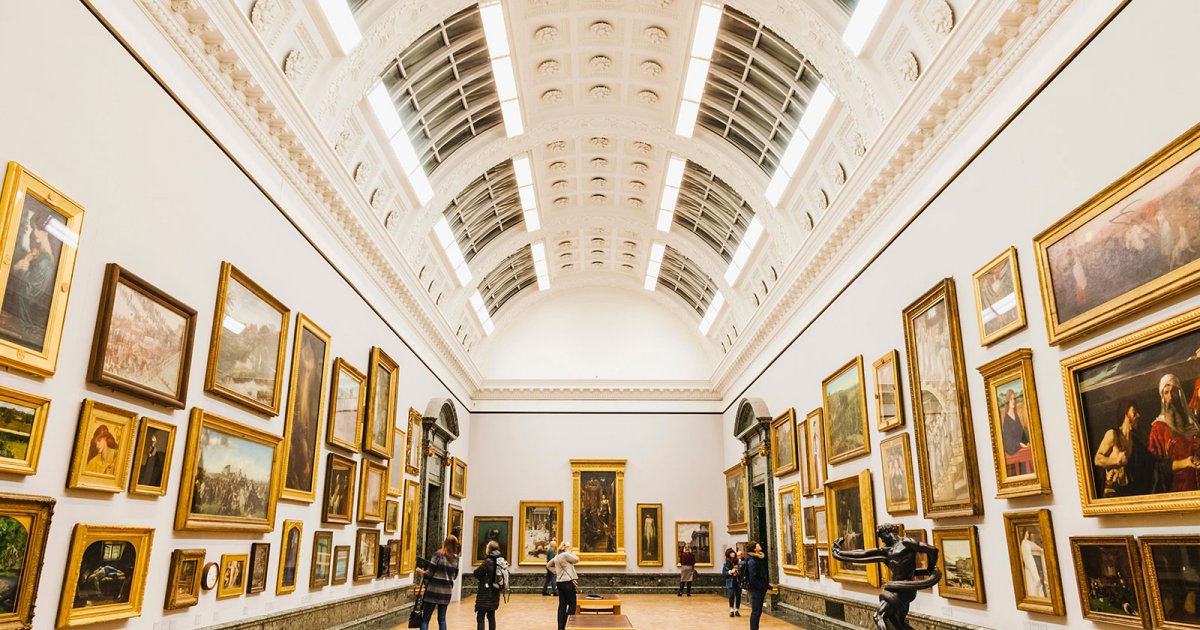TATE BRITAIN, English School Beginnings
 Language: English / USA
Language: English / USA
After admiring the 19th and 20th-century sculptures exhibited in the Duveen Gallery, take some time to see the the great depictions of Henry Moore to your left.
Let me start by telling you that for many centuries, the British art school entrusted itself to major "continental" artists that had been called to work at the English court. In these first halls you can follow the somewhat uncertain beginnings of local painters from the Tudor and Elizabethan ages between the 1500s and the 1600s, especially in the field of aristocratic portraits, which all used as their very authoritative model portraits by the great Flemish master Anton Van Dyck.
In the meantime you can also begin to take in the other great British genre of painting that was beginning to take hold in those years: landscapes. Also in this case the first landmarks were by continental artists, especially Dutch landscape painters or French masters such as Poussin and Claude Lorrain, who are quite loved by British collectors.
The bizarre and fascinating William Hogarth finally imposed an authentic and original English school of art at the beginning of the 18th century. MyWoWo discussed Hogarth's greatest masterpieces in the files dedicated to Soane's Museum, but here at Tate you can admire some more of his notably important works. I'd especially like to point out the expressive Self Portrait that depicts all of his satiric and unscrupulous sides, as well as his affection for his cute pug named Trump.
English culture considers the second half of the 1700s the so-called "age of trust". The great portraitist Sir Joshua Reynolds marked this time in 1768 with the opening of the Royal Academy, which was fundamental for the development of a flourishing portrait school and also involved some talented painters from the United States. Here you can also admire the works of the other protagonist of the late-1700s, Thomas Gainsborough, who was skilled at combining portraits with a sharp perception of the English landscape's atmosphere.
As you can see here at Tate, watercolor is perhaps the British's most beloved technique. You might want to quickly associate them with romantic women from the Victorian era, but don't forget that watercolor was also used by the most important landscape painters, and was most brought out by William Turner. Due to their delicate nature, watercolor paintings cannot be permanently exposed, so they're presented in temporary exhibits.
FUN FACT: Joshua Reynolds was a surprisingly prolific artist; for example, his journal includes a list of all the posing sessions he held in 1757, and the number is really stunning: 677, just under two a day!



